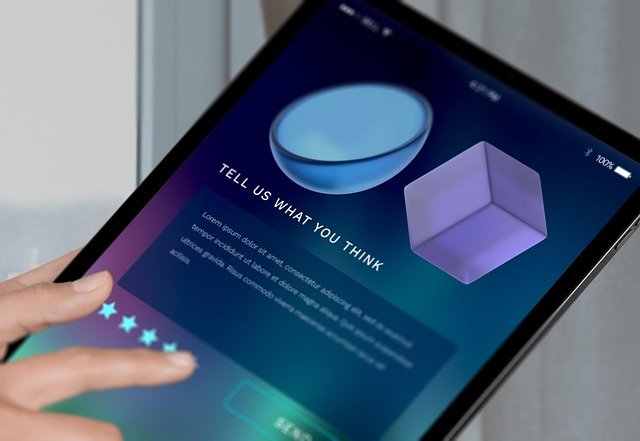Leveraging mobile tools to expand public consultation
Mobile devices are changing how governments, community groups, and civic organizations gather input. By using apps, SMS, messaging platforms, and mobile-friendly surveys, public consultation can reach more people across demographics and geographies. This article examines practical approaches to increase participation, strengthen dialogue, and improve representation using mobile tools.

Mobile devices have become an entry point for many citizens to engage with public life. When thoughtfully designed, mobile consultation channels can lower barriers to participation, capture diverse perspectives, and support ongoing dialogue between officials and the public. This article outlines practical ways to use mobile tools to widen civic engagement while paying attention to inclusion, accessibility, and meaningful representation.
How do mobile tools support civic engagement?
Mobile platforms enable continuous touchpoints that go beyond occasional town halls. Push notifications, in-app surveys, and SMS reminders help maintain momentum for civic engagement by informing residents about issues in their area and prompting timely feedback. These tools allow authorities to tailor outreach based on language preferences, location, and user behavior, so engagement becomes contextual and relevant. When integrated with existing outreach strategies, mobile channels can increase both the frequency and responsiveness of public dialogue.
How can they increase participation in consultation?
Participation improves when the process is convenient, trustworthy, and clearly linked to decision-making. Mobile-friendly surveys and quick polls reduce the time commitment required from participants and can be distributed at stages where input is most useful. Geotargeted notices encourage local services users to weigh in on nearby projects. Combining short mobile interactions with optional deeper consultations—for example, linking an SMS poll to a web-based briefing—supports a broader spectrum of involvement without overwhelming respondents.
What role do mobile tools play in community inclusion?
Mobile tools can expand inclusion by reaching groups who may not attend in-person meetings, including caregivers, shift workers, or those with mobility constraints. Multilingual interfaces and voice-to-text features help bridge language and literacy gaps. However, inclusion requires more than availability: outreach must consider device type, connectivity limitations, and cultural norms around communication. Partnerships with community organizations and on-the-ground volunteers can amplify mobile outreach and ensure hard-to-reach populations are represented in the consultation process.
Can mobile tools improve governance and policy dialogue?
When feedback collected via mobile tools is integrated into decision-making workflows, governance benefits from a richer evidence base. Aggregated mobile responses can identify trends, clarify priorities, and highlight distinct community needs. Transparency about how input informs policy enhances trust: publishing summary reports or dashboards accessible on mobile devices demonstrates that participation is valued. Careful design of questionnaires and follow-up messaging helps prevent misinterpretation and supports constructive dialogue rather than just one-way information gathering.
How do youth, activism and volunteering tie to mobile outreach?
Younger demographics are often heavy mobile users, making phones a logical channel for engaging youth-led activism and volunteering. Social features, gamified engagement, and short multimedia content can encourage civic curiosity and signal pathways from interest to participation. Volunteer mobilization via mobile apps or messaging groups streamlines coordination for community events and consultation drives. To harness this potential ethically, organizers should ensure privacy safeguards and avoid exploitative engagement tactics that collect data without clear benefit to participants.
How do accessibility and representation shape consultations?
Accessibility and fair representation must guide mobile consultation design. This includes support for screen readers, adjustable font sizes, and alternative response modes such as voice and SMS to accommodate varying abilities and connectivity. Sampling strategies should correct for demographic skews caused by device ownership patterns so that results do not overrepresent well-connected populations. Periodic evaluation of who is participating and who is missing from the conversation helps calibrate outreach strategies to better reflect community diversity.
Public consultation using mobile tools is most effective when it complements—not replaces—other engagement methods. Mobile channels can broaden participation, speed feedback loops, and furnish policymakers with actionable insights, but they require careful design around equity, privacy, and transparency. By aligning mobile outreach with inclusive practices and clear pathways for input to influence decisions, communities and institutions can foster more representative dialogue and strengthen democratic processes.





